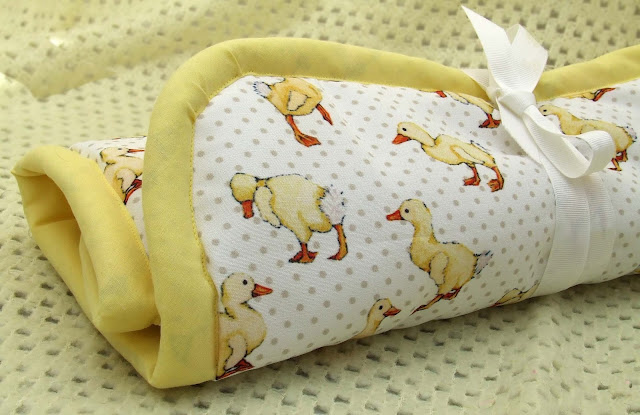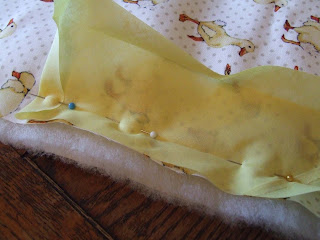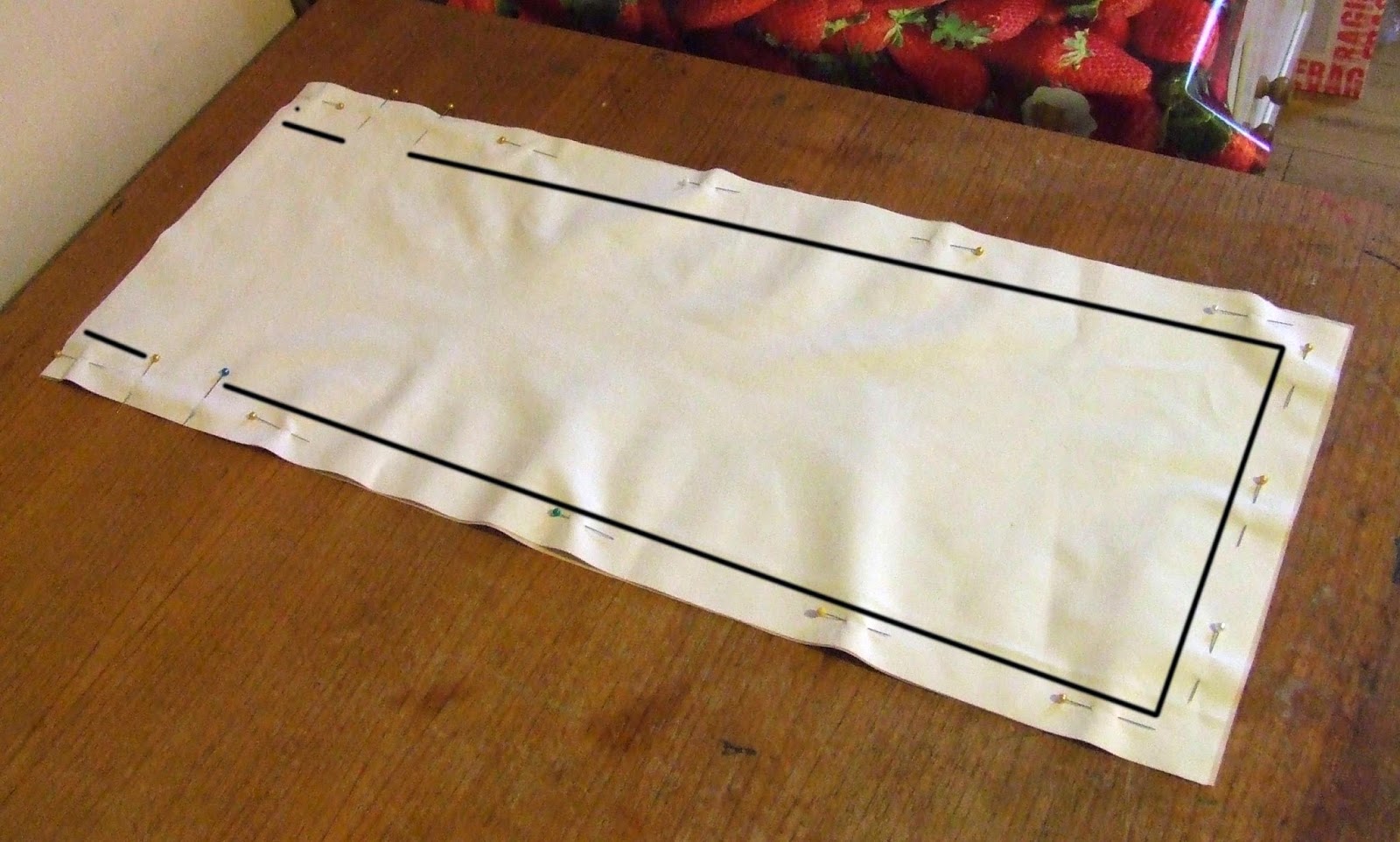As you can see, I've turned one of my favourite subjects for linocuts - hens - into fabric! Let me take this opportunity to show you the design process.
It all started during our holiday in Anglesey in September 2014. We were so lucky to get some amazing weather, and there were some very inspirational, colourful sights, including the wonderful crops of berries, beautiful beaches and lovely landscapes.
 |
| Paddling on the beautiful beaches; glorious hawthorn bushes; and cliff top view. |
We were staying in a holiday cottage, and the neighbours beside us had a small holding. They were very generous and let Estelle and I meet their chickens. These irresistible chickens became the subjects of my next set of linocuts!
 |
| Anglesey chickens! |
As you can see below, I made 4 different linocuts,each hen in a different pose.
 |
| Four different hen linocuts |


I printed them up using red oil based inks, printing them onto both white rice paper or banana tissue paper.
I scanned in the finished linocuts and used them to produce two different designs. You can see the two of the different designs and the two fabrics I created below.
The red fabric stays most closely resembles the print of the original linocut with bright red hens on a plain white background. Click
here to buy the linocut print. Order the fabric from
here.
However, I also wanted to experiment with making the fabric design more complex. I developed another option - I changed the colouring to brown added more colour by tinting the beaks and legs. I added a background using banana tissue with feather designs on it. This background pattern helped draw the whole design together. I'm really delighted with this fabric - if you like it too, order it
here! Prices from £5.50 for a fat quarter. If you'd like to buy this linocut print, click
here.




















































